+86 15633683072
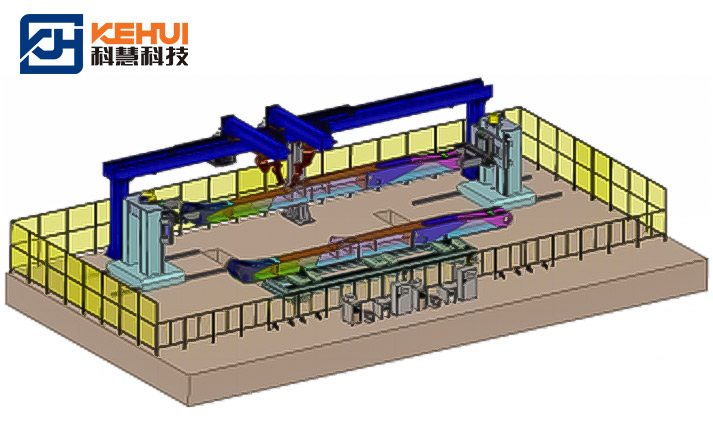
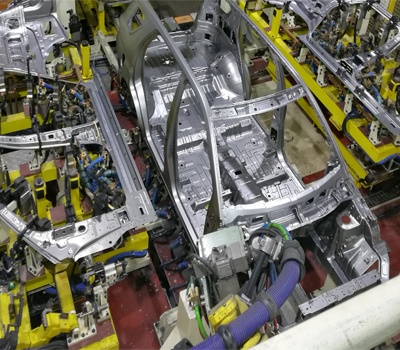 Automobile Body Production Line Welding Fixtures
Automobile Body Production Line Welding Fixtures 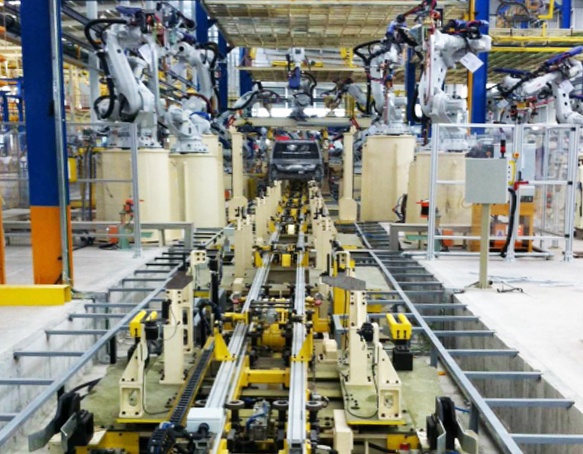 Automotive Body Welding Automated Manufacturing Solutions
Automotive Body Welding Automated Manufacturing Solutions  Bulldozer beam and bucket robot welding cobot assembly line
Bulldozer beam and bucket robot welding cobot assembly line 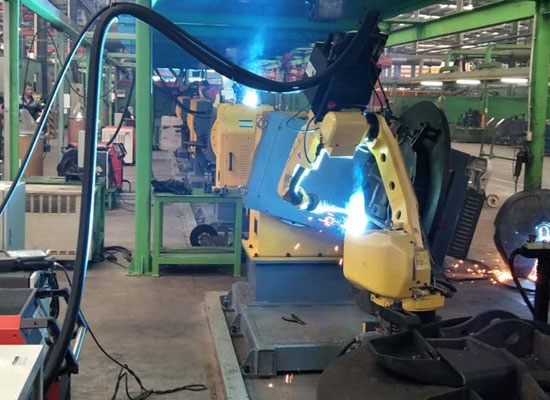 Suspension parts of semi-trailer fully automated production line
Suspension parts of semi-trailer fully automated production line 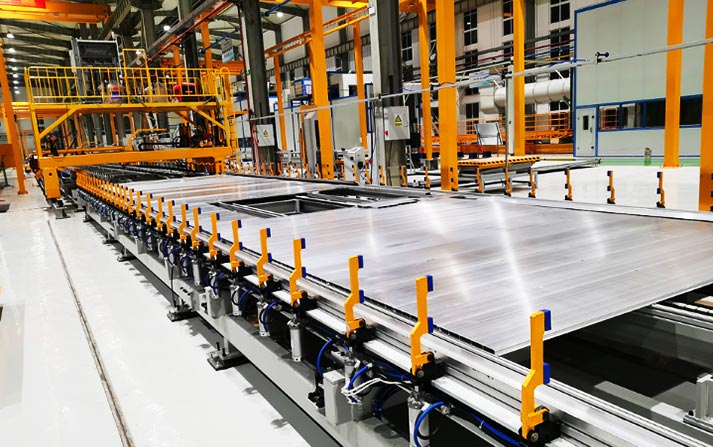 Aluminum alloy container side box robot automated welding manufacturing line automation
Aluminum alloy container side box robot automated welding manufacturing line automation Zhengzhou Kehui Technology Co., Ltd
Email: info@zzkehui.com